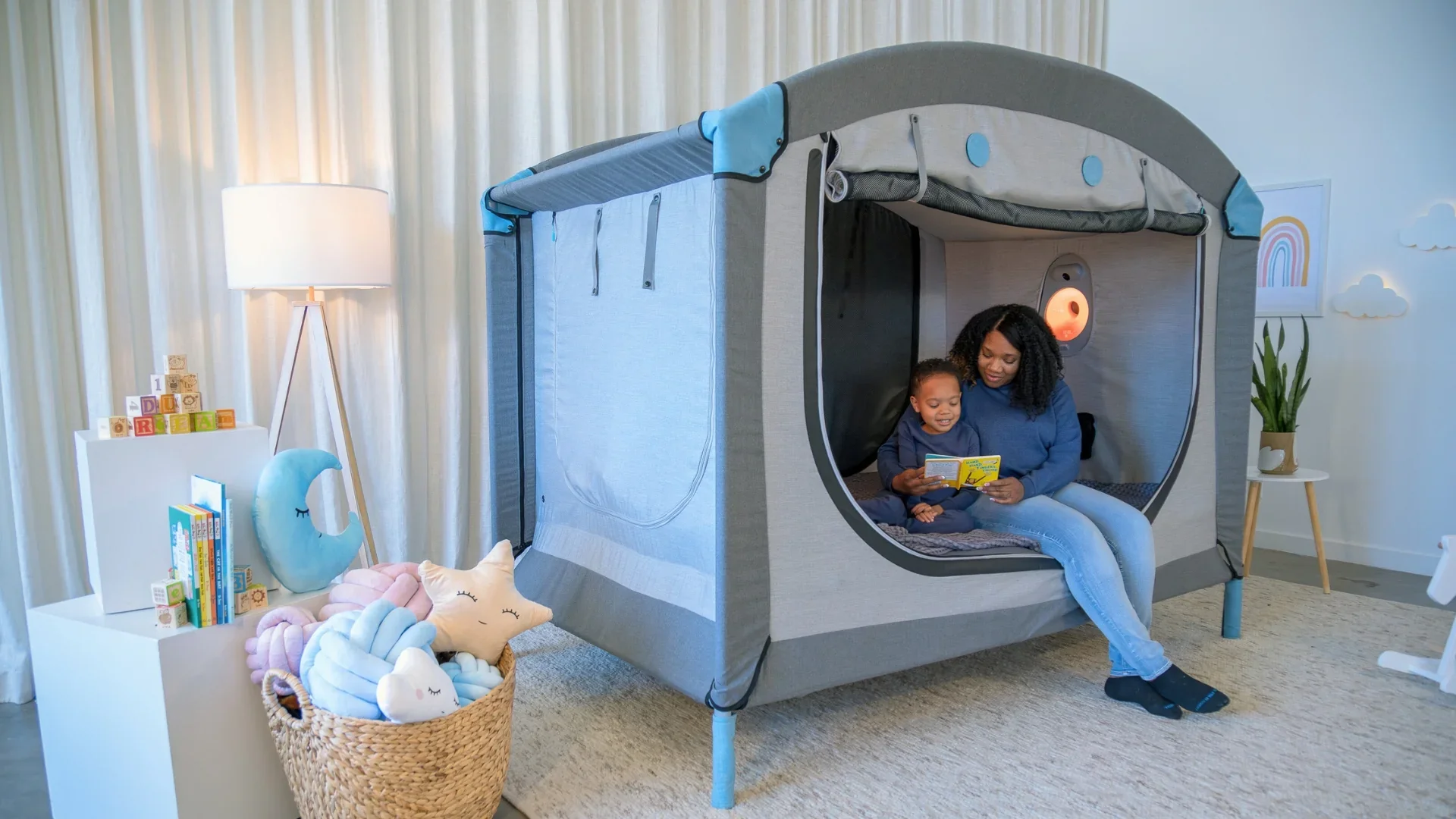Safety, Not a Solution (Part One): Understanding When a Cubby Bed Is the Right Fit
Cubby Beds ™
For many families, bedtime feels less like winding down and more like standing guard. When a child wanders at night, climbs furniture, or can’t safely stay in their room, the risk of injury, and caregiver exhaustion, skyrockets.
In these situations, a safety enclosure bed, such as a Cubby Bed, may come up in conversation. These specialized, enclosed beds can provide an added layer of protection for learners who face significant nighttime safety risks. But they also raise important questions for behavior analysts: When is a device like a Cubby Bed necessary? What’s our role in supporting families through that process? And how do we stay within our ethical scope of practice while doing so?
What Makes a Cubby Bed Medically Necessary
Safety beds are not comfort items or behavioral shortcuts. They’re prescribed medical equipment designed to protect children who cannot safely remain in standard sleeping environments—even with environmental modifications or behavioral interventions in place.
To qualify for medical necessity, documentation typically must show that without the bed, the learner faces ongoing risk of harm, injury, or unsafe wandering. Common reasons include:
Risk of elopement or injury: The learner repeatedly leaves bed and engages in unsafe behaviors such as climbing, accessing stairs, or wandering into kitchens or outdoor spaces.
Seizure or movement disorders: Uncontrolled movements or seizures place the learner at risk of falls or entrapment.
Self-injurious behavior: Head banging, Pica, or striking surfaces during the night that may cause harm.
Medical fragility: The presence of devices like G-tubes or tracheostomies that require protected sleep environments.
Persistent unsafe sleep behaviors: Despite environmental changes and consistent routines, the child’s nighttime patterns remain unsafe.
Ultimately, it’s the physician, not the BCBA, who determines medical necessity. But as behavior analysts, we play a crucial role in documenting what’s happening behaviorally, supporting the family while they wait for approval, and preparing the learner for the eventual transition.
While the Family Waits: What BCBAs Can Do
Even when a Cubby Bed is pending approval, families still need support. This waiting period is an opportunity to stabilize routines, reduce nighttime chaos, and teach prerequisite sleep skills that make the transition smoother later on.
Here’s where behavior analysis shines:
Establish consistent wake times: Start with a fixed morning wake time to anchor circadian rhythms and reduce late-night wakefulness.
Identify an age-appropriate bedtime: Work backward from the wake time to set a realistic bedtime based on age-specific sleep needs.
Design a calming bedtime routine: Build predictability with two or three simple steps (bath, snuggles, bed) and use the same short cue each night (“It’s wind-down time”).
Fade sleep dependencies: Gradually reduce reliance on caregiver presence, screens, or rocking to promote more independent sleep onset.
These strategies won’t eliminate risk overnight, but they can help stabilize the environment and build the skills the learner will need when the Cubby Bed arrives.
What Comes Next
Once the bed is approved and delivered, your role shifts again: from preparation to sensitization. Helping the learner feel comfortable, safe, and regulated in their new sleep space requires careful behavioral planning.
In Part Two, we’ll cover how to introduce, pair, and generalize the Cubby Bed without overwhelming the learner or compromising safety. We’ll look at step-by-step ways to build trust with the new environment, support caregivers through the first few nights, and plan for potential challenges.
Because even when safety equipment is in place, the work of teaching safe, restful sleep continues.
Stay tuned for Part Two next week.
Be part of what’s next in behavioral sleep research (and save 50% on your certification).
The new 10-week research edition of The Sleep Collective launches in January 2026: a special, one-time cohort that includes five additional weeks of guided testing and research. Participants will help pilot a brand-new behavioral sleep assessment tool while completing the full certification experience at 50% off enrollment.
You’ll earn all 12 CEUs, gain lifetime access to the professional network, and graduate in March 2026 as a Certified Behavioral Sleep Practitioner, fully equipped to support families and contribute to the next evolution of sleep programming in ABA.
Because this is a research cohort, participation is limited and requires qualification. Schedule a discovery call to discuss the January 2026 edition and see if you’re a fit for this groundbreaking opportunity.


